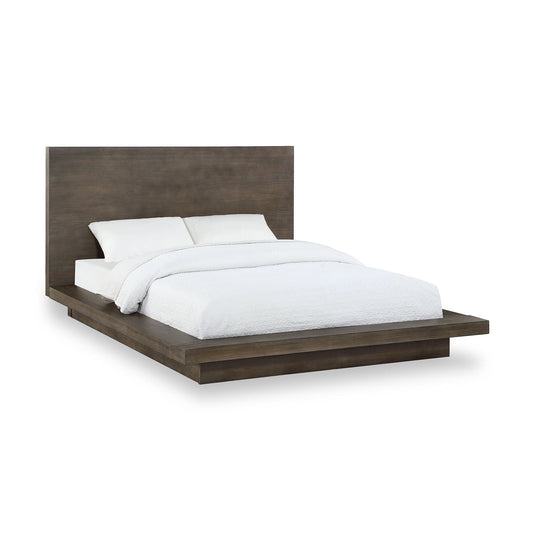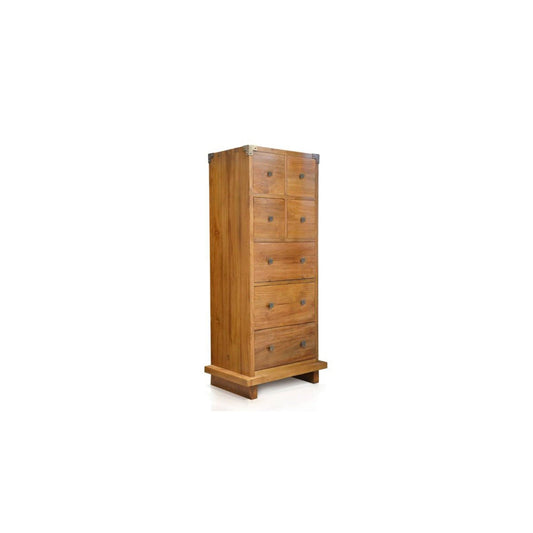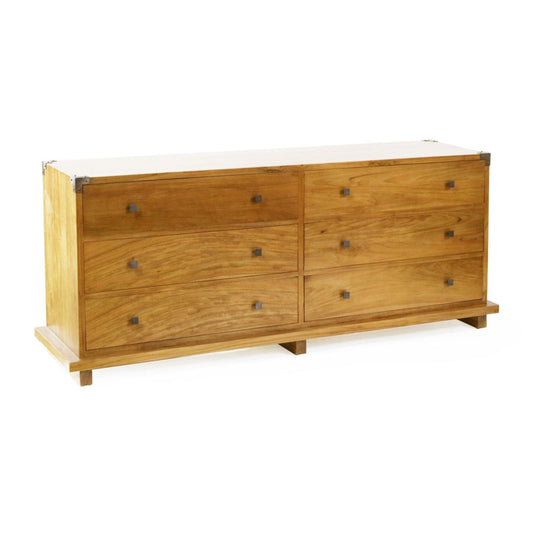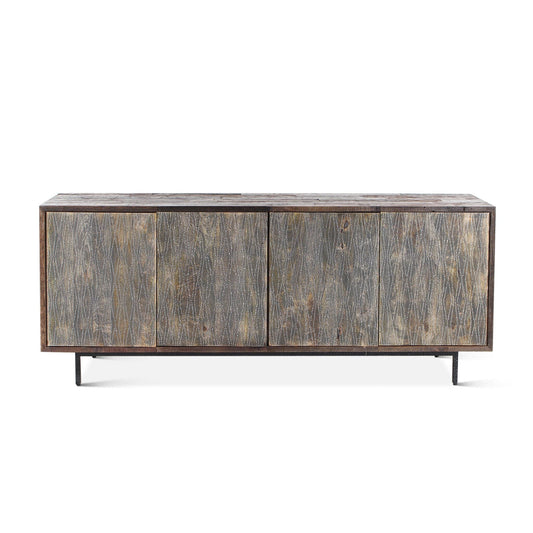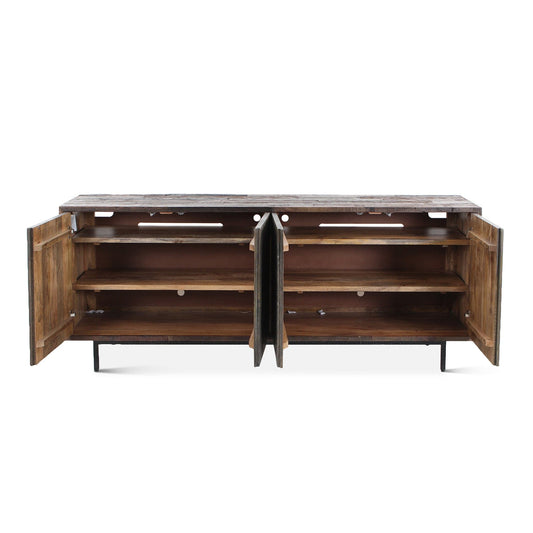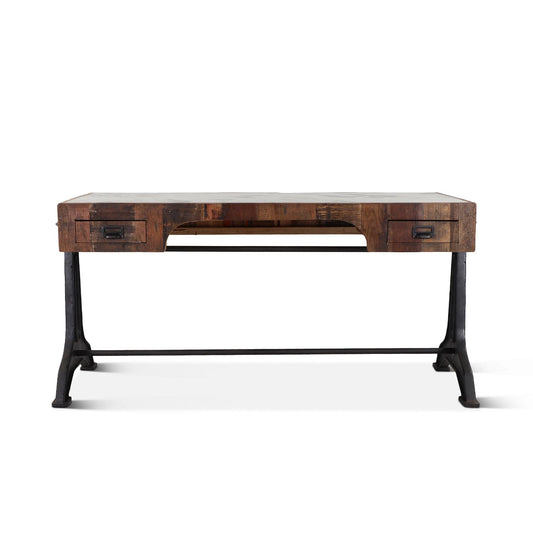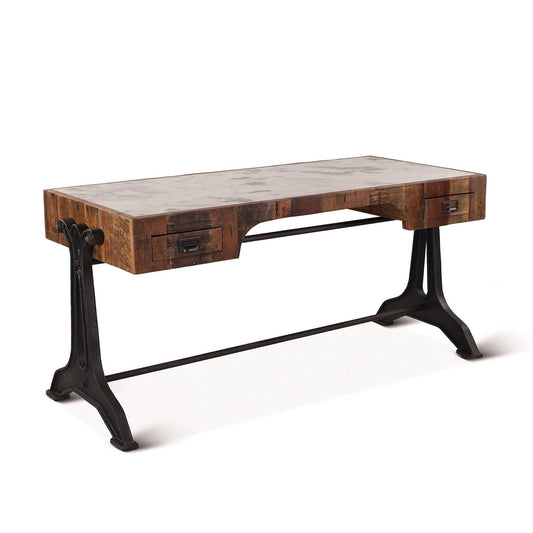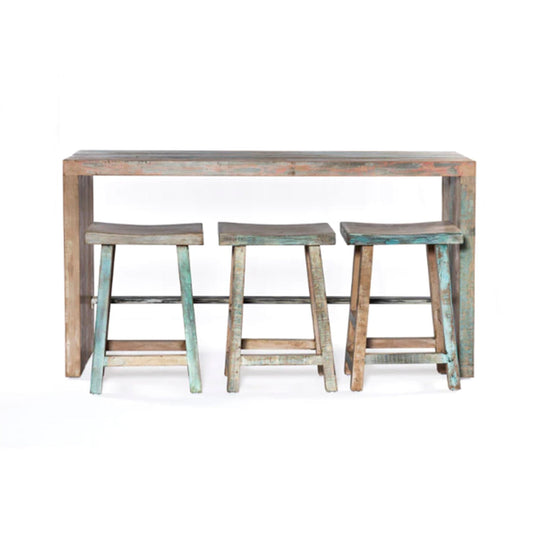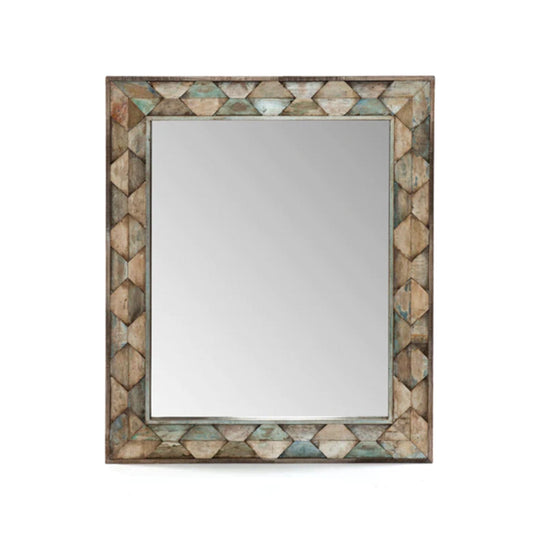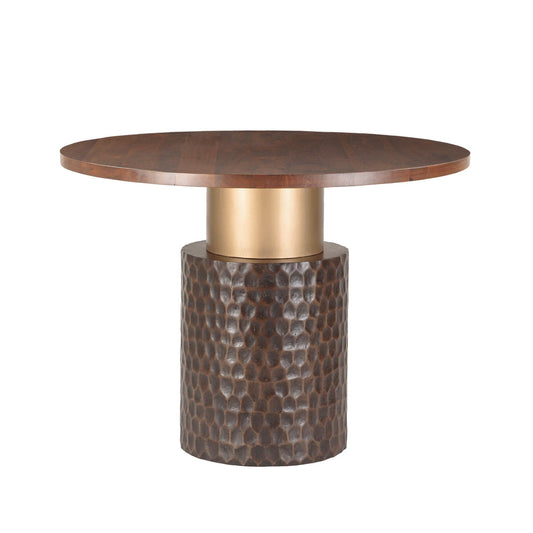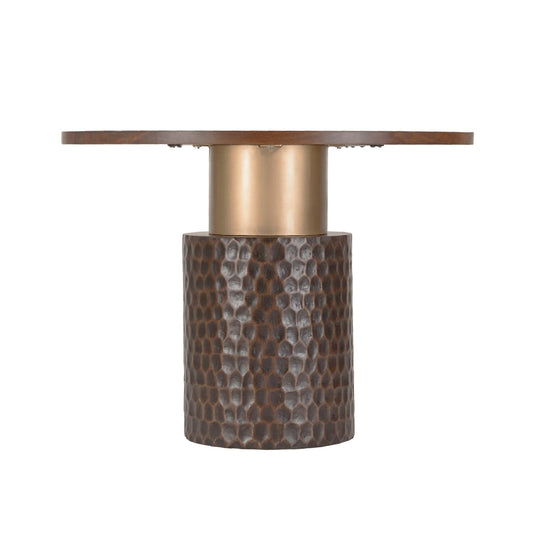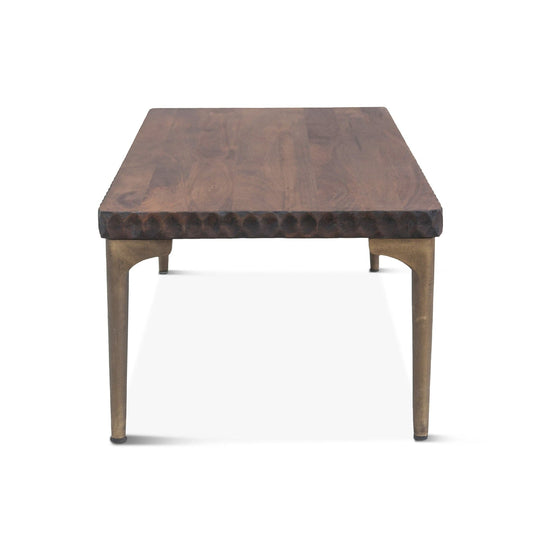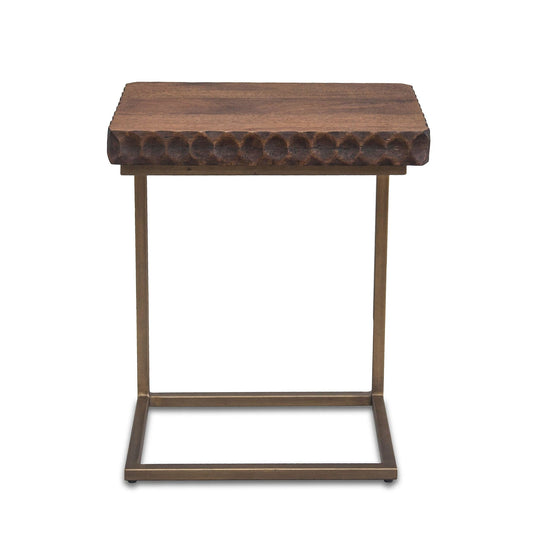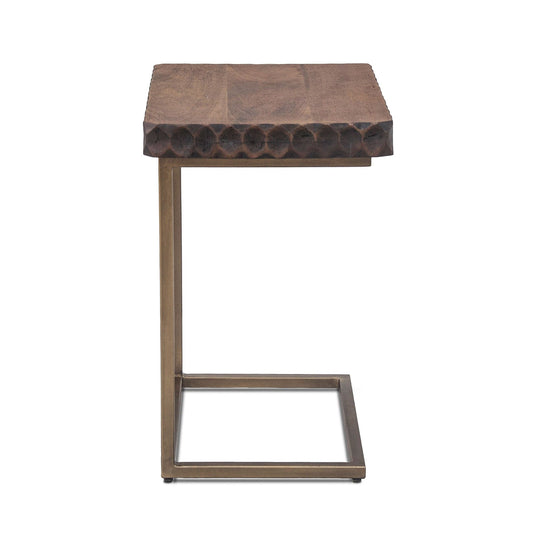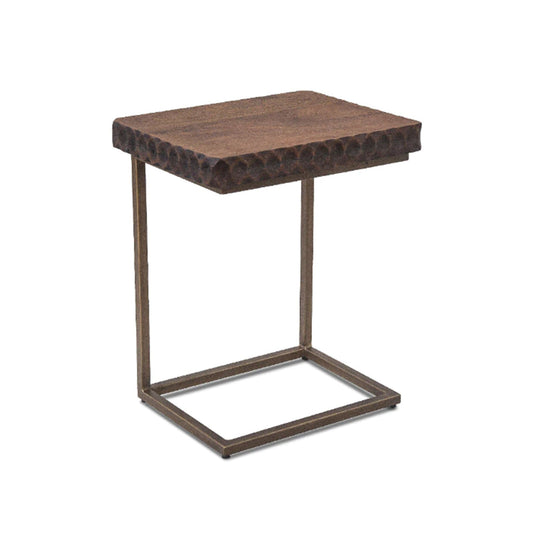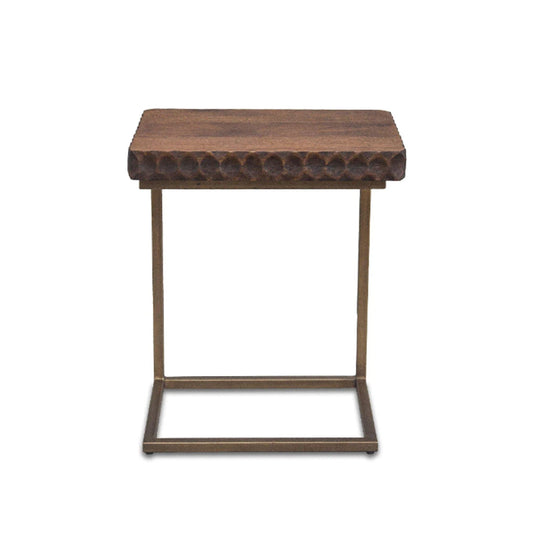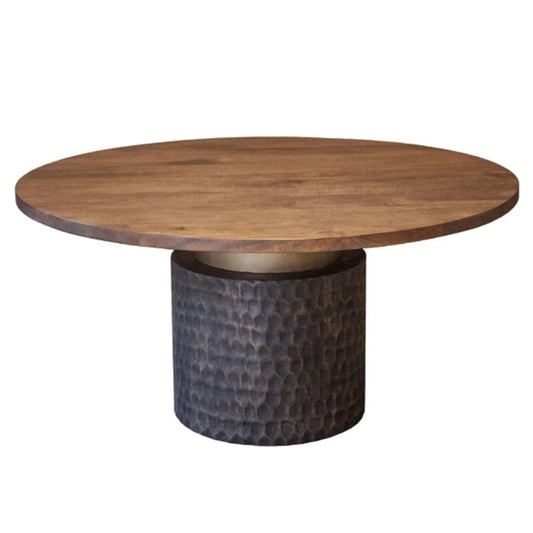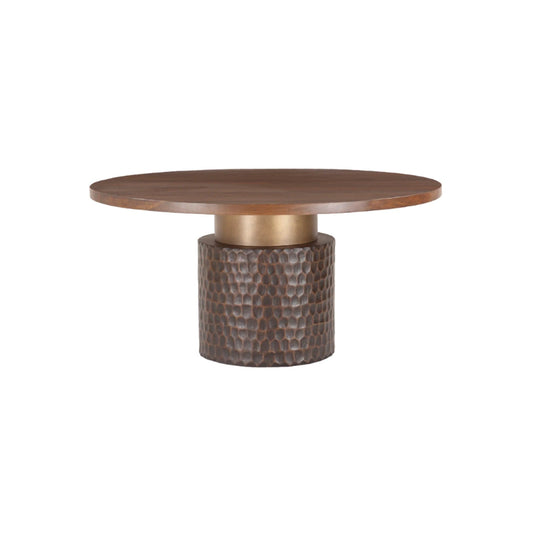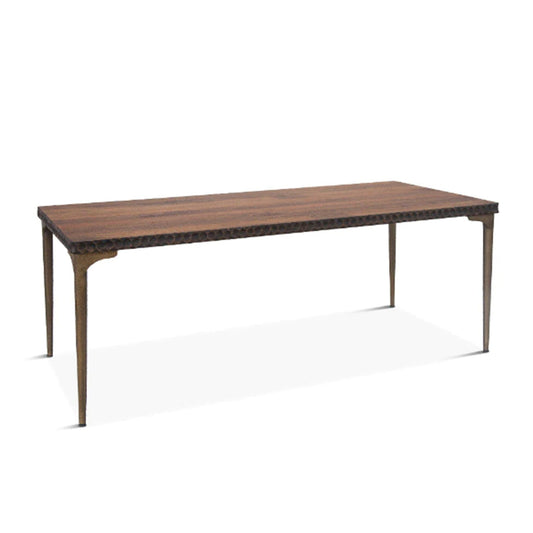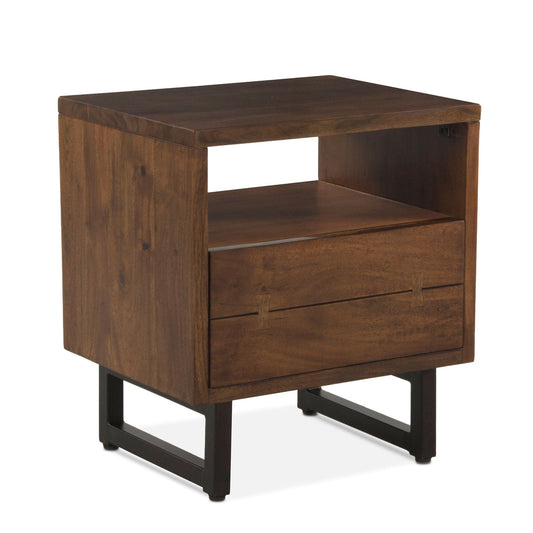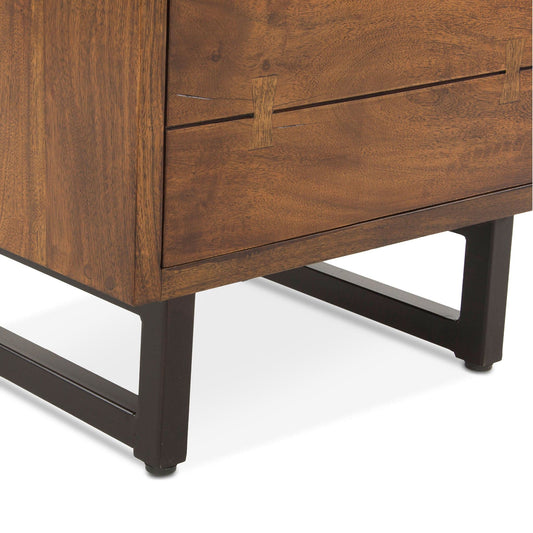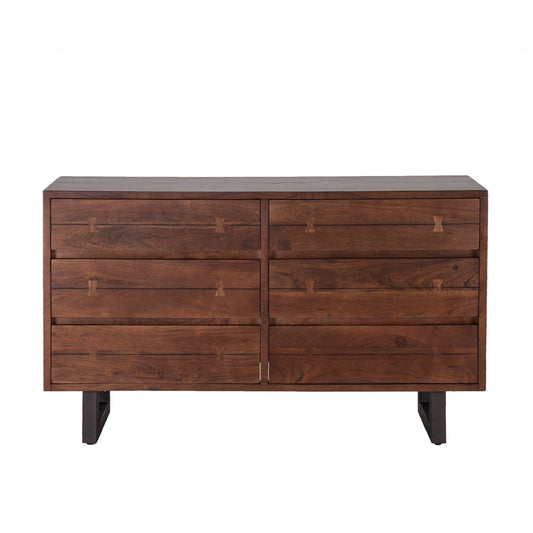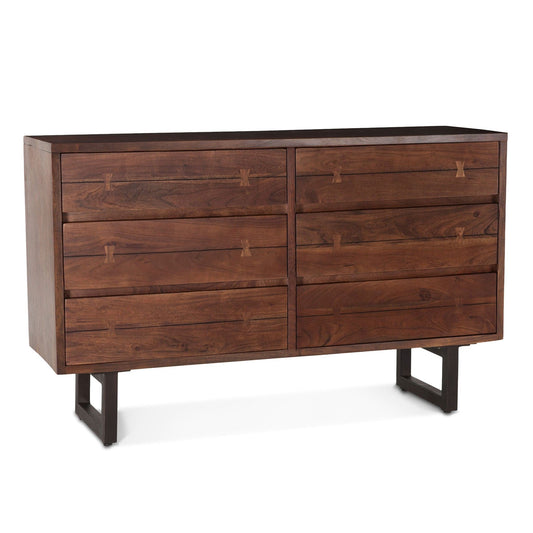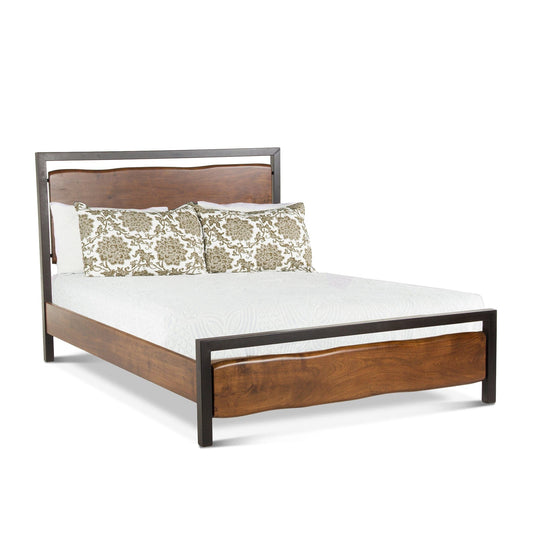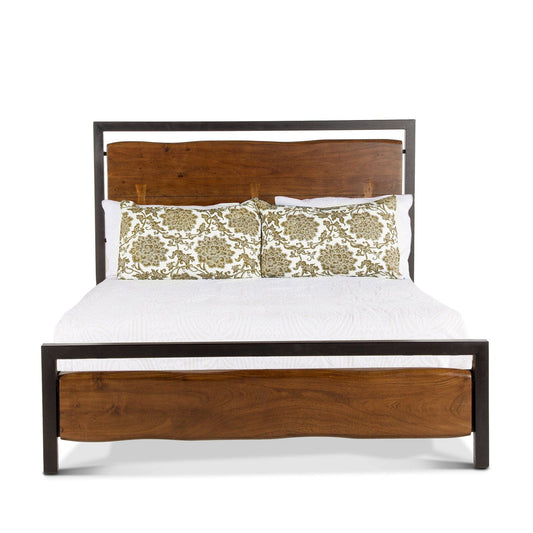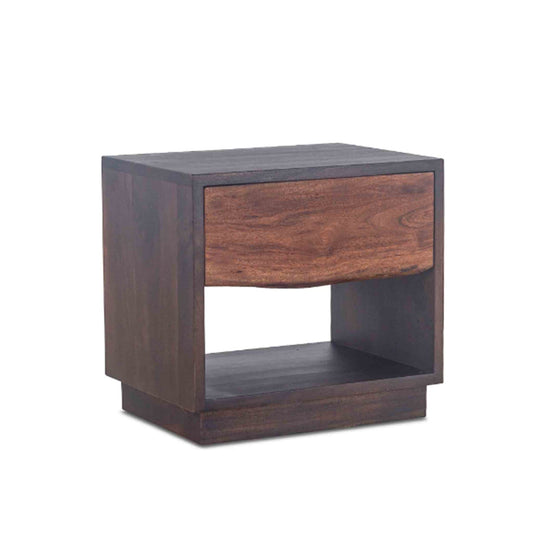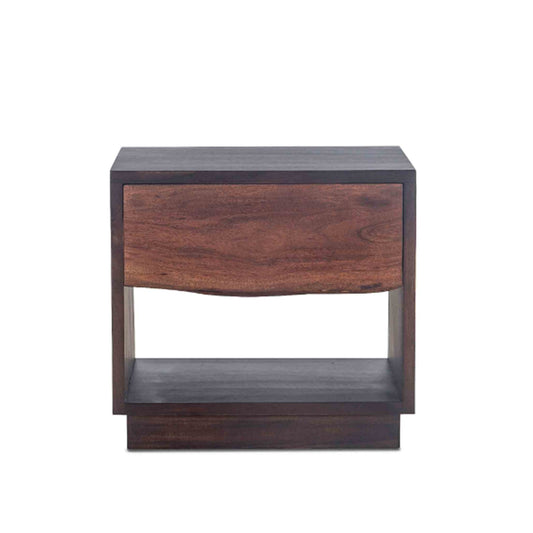Rustic Design
-
Melbourne Platform Bed
Regular price From $1,806.00Regular priceUnit price per$2,579.00Sale price From $1,806.00Sale -
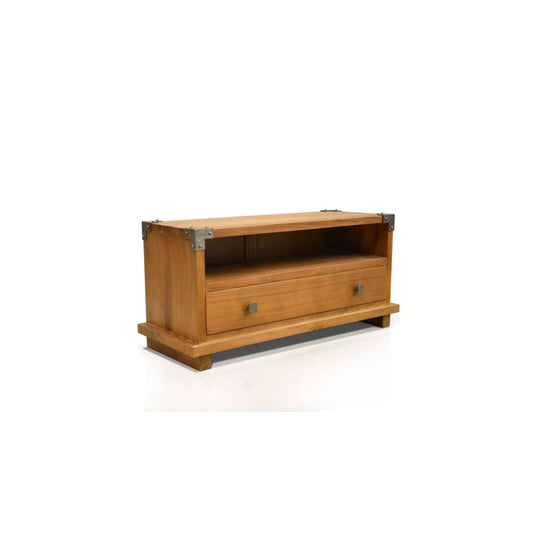
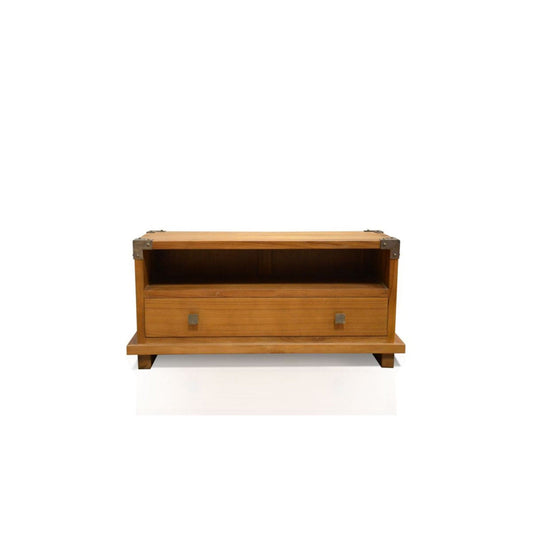 Sale
SaleKobe Nightstand
Regular price From $324.00Regular priceUnit price per$500.00Sale price From $324.00Sale -
Kobe 7-Drawer Tall Dresser
Regular price $1,485.00Regular priceUnit price per$2,320.00Sale price $1,485.00Sale -
Kobe 6-Drawer Dresser
Regular price $1,737.00Regular priceUnit price per$2,710.00Sale price $1,737.00Sale -
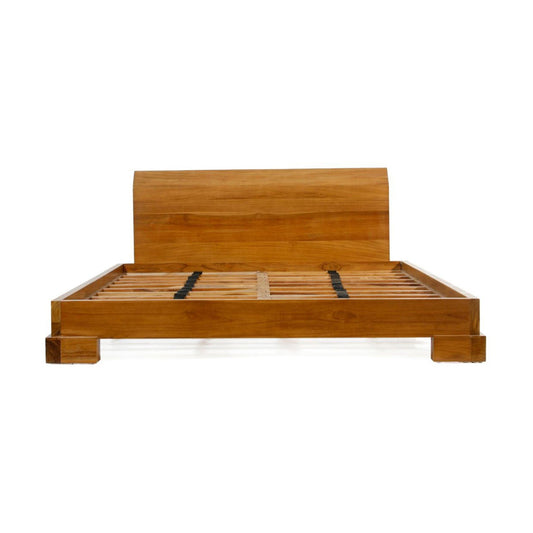
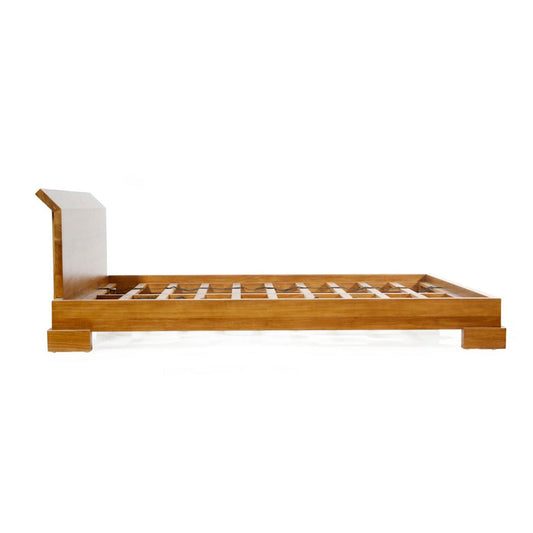 Sale
SaleKobe Platform Bed
Regular price From $1,728.00Regular priceUnit price per$2,700.00Sale price From $1,728.00Sale -
Palm Desert Modern Sideboard
Regular price $2,670.00Regular priceUnit price per$3,641.00Sale price $2,670.00Sale -
Melbourne Office Desk
Regular price $1,785.00Regular priceUnit price per$2,434.00Sale price $1,785.00Sale -
Cordoba Gathering Table and Stools
Regular price $1,639.00Regular priceUnit price per$2,235.00Sale price $1,639.00Sale -
Cordoba Carved Mirror
Regular price $421.00Regular priceUnit price per$574.00Sale price $421.00Sale -
Cordoba 48" Dining Bench
Regular price $322.00Regular priceUnit price per$439.00Sale price $322.00Sale -

 Sale
SaleCordoba Dining Table
Regular price $990.00Regular priceUnit price per$1,350.00Sale price $990.00Sale -
Vallarta Modern Carved Gathering Table
Regular price $1,700.00Regular priceUnit price per$2,318.00Sale price $1,700.00Sale -
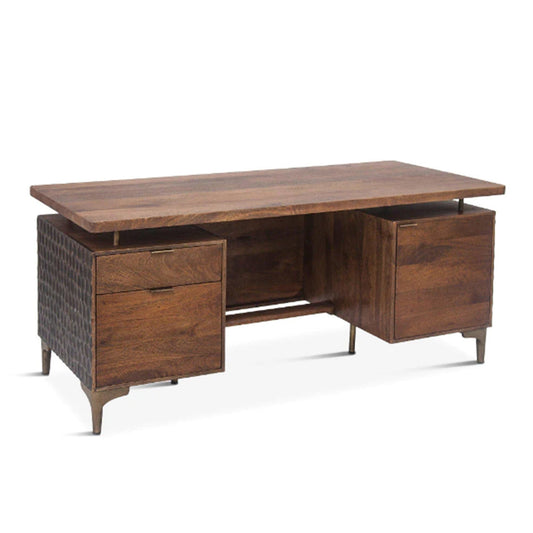
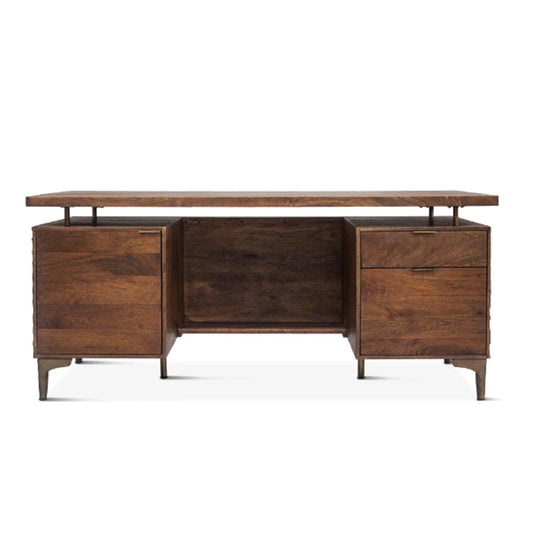 Sale
SaleVallarta Desk
Regular price $2,673.00Regular priceUnit price per$3,645.00Sale price $2,673.00Sale -
Vallarta Modern Carved Coffee Table
Regular price $1,007.00Regular priceUnit price per$1,373.00Sale price $1,007.00Sale -
Vallarta 24" Modern Carved Side Table
Regular price $718.00Regular priceUnit price per$979.00Sale price $718.00Sale -
Vallarta Modern Side Table
Regular price $842.00Regular priceUnit price per$1,148.00Sale price $842.00Sale -
Vallarta Round Dining Table
Regular price $1,980.00Regular priceUnit price per$2,700.00Sale price $1,980.00Sale -
Vallarta Dining Table
Regular price $1,515.00Regular priceUnit price per$2,066.00Sale price $1,515.00Sale -
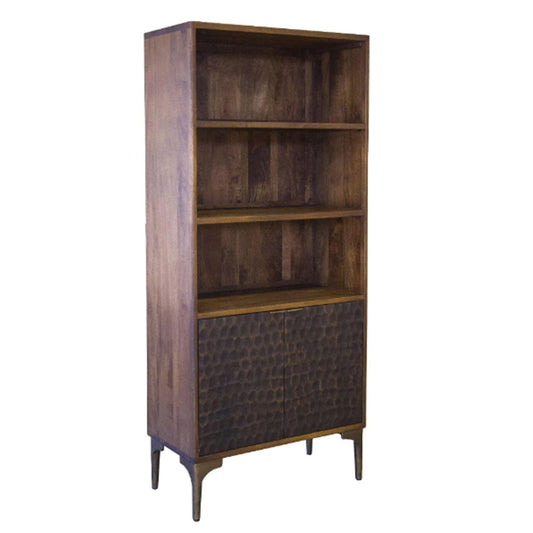
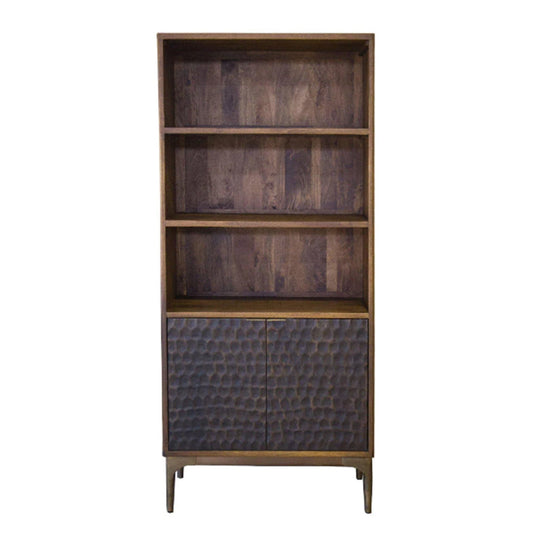 Sale
SaleVallarta Bookshelf
Regular price $2,032.00Regular priceUnit price per$2,771.00Sale price $2,032.00Sale -

 Sale
SaleVallarta Sideboard
Regular price $2,021.00Regular priceUnit price per$2,756.00Sale price $2,021.00Sale -
Glenwood Live Edge Night Chest
Regular price $550.00Regular priceUnit price per$750.00Sale price $550.00Sale -
Glenwood Live Edge Dresser
Regular price $1,444.00Regular priceUnit price per$1,969.00Sale price $1,444.00Sale -
Glenwood Live Edge Platform Bed
Regular price From $1,661.00Regular priceUnit price per$2,265.00Sale price From $1,661.00Sale -
Palermo Live Edge Night Chest
Regular price $693.00Regular priceUnit price per$945.00Sale price $693.00Sale
Rustic Design
"Rustic Design" is a warm and inviting interior style that draws inspiration from rural and natural elements, evoking a sense of comfort, nostalgia, and authenticity. Rooted in the simplicity and charm of traditional country living, rustic design emphasizes the use of natural materials, handcrafted details, and a connection to the outdoors. Here's a definition of Rustic Design that captures its essence and key characteristics:
Rustic Design is a timeless interior style that celebrates the beauty of imperfection and the warmth of nature. Inspired by rural landscapes and traditional craftsmanship, this design approach transforms living spaces into cozy retreats infused with authenticity and character. By incorporating raw textures, earthy hues, and elements reminiscent of the countryside, Rustic Design creates environments that exude comfort, nostalgia, and a deep connection to the past.
Key Characteristics of Rustic Design
- Natural Materials: Rustic design places a strong emphasis on natural materials such as wood, stone, and exposed brick. These materials are celebrated for their raw and unrefined textures, adding a sense of authenticity to the space.
- Earth Tones: The color palette of rustic design is composed of earthy tones, including warm browns, rich reds, deep greens, and muted yellows. These colors evoke a sense of nature and create a cozy ambiance.
- Weathered and Distressed Surfaces: Furniture and decor elements often feature weathered or distressed finishes, showcasing the passage of time and adding a touch of charm to the space.
- Handcrafted Details: Handcrafted details, such as hand-carved woodwork, woven textiles, and artisanal ceramics, are integral to rustic design. These elements reflect a sense of craftsmanship and individuality.
- Rustic Textures: The design incorporates a variety of textures, from rough-hewn wood to natural fibers like jute and wool. These textures add depth and visual interest to the space.
- Cozy Textiles: Plush textiles like quilts, wool blankets, and soft cushions create a sense of comfort and warmth, inviting occupants to relax and unwind.
- Exposed Beams and Structural Details: Structural elements, such as exposed wooden beams and rafters, are often left visible to highlight the architectural origins of the space.
- Antiques and Vintage Finds: Rustic spaces often feature antiques and vintage items, contributing to the sense of history and nostalgia.
- Open Spaces: Rustic design embraces open spaces and a sense of flow, creating an inviting and welcoming atmosphere for gatherings and relaxation.
- Natural Light: The design welcomes ample natural light, allowing the beauty of the natural materials to shine and enhancing the overall ambiance.
- Connection to Nature: Incorporating elements from the outdoors, like botanical prints, animal motifs, and natural-inspired decor, reinforces the rustic connection to nature.
- Unpretentious Elegance: Rustic design achieves an elegance that is unpretentious and approachable. It invites occupants to enjoy simple pleasures and relish the beauty of the everyday.
Rustic Design transforms interiors into cozy havens that pay homage to the beauty of nature and the enduring appeal of rustic living. With its emphasis on natural materials, handmade craftsmanship, and a sense of nostalgia, this style creates spaces that are both inviting and timeless.


